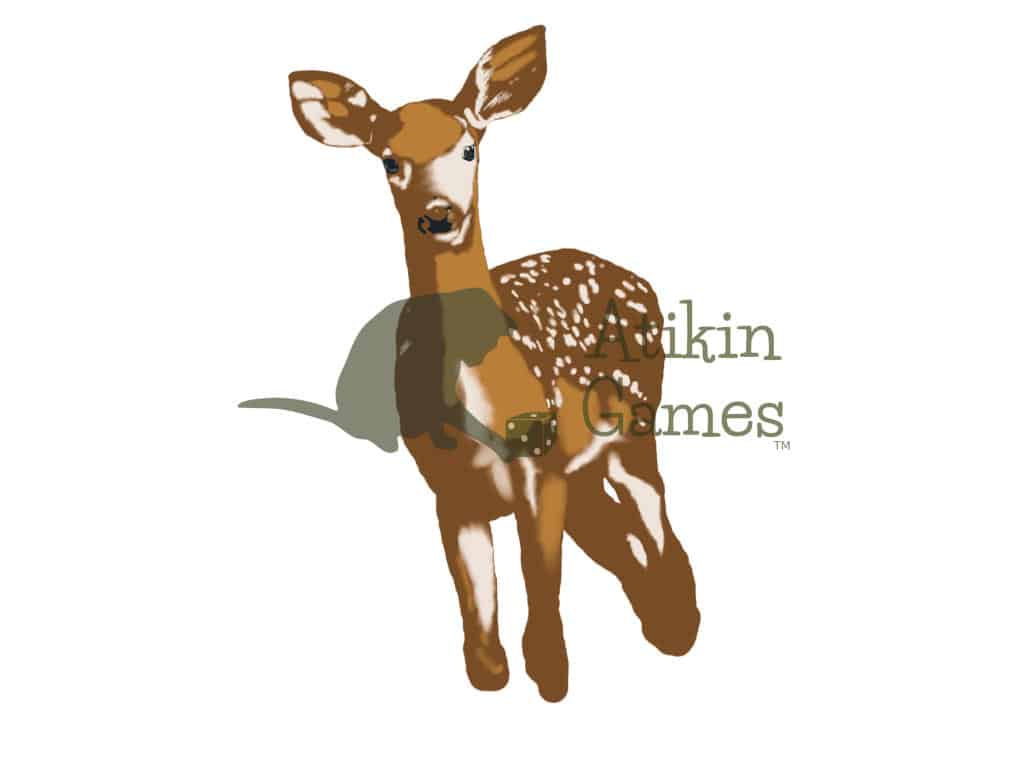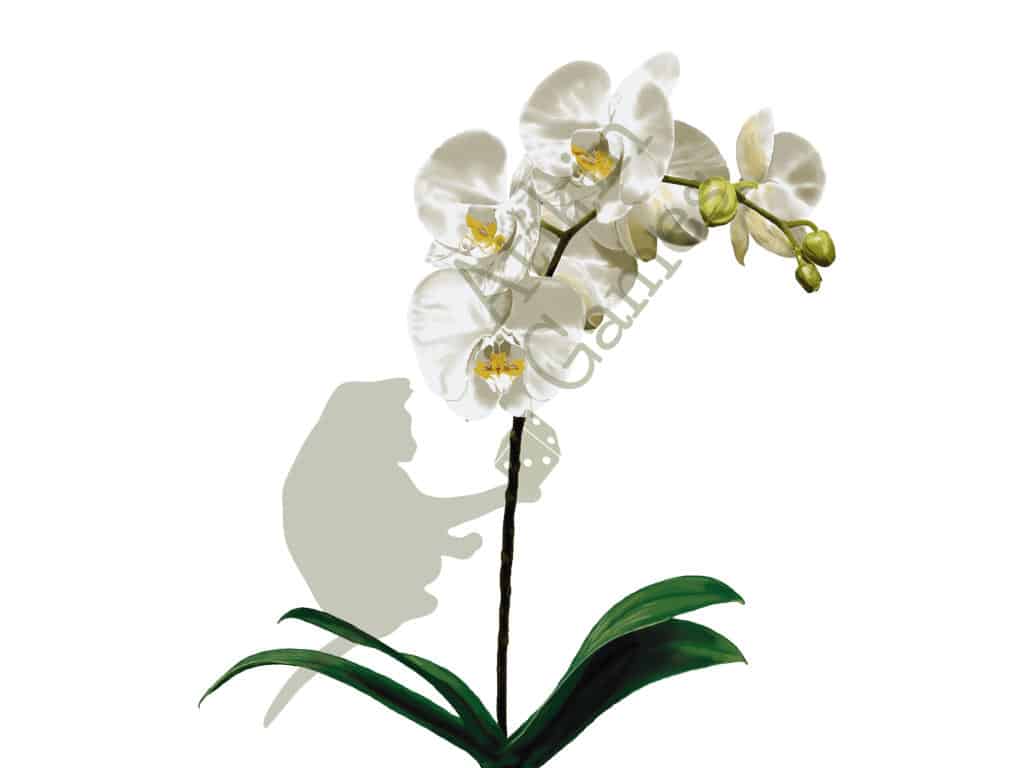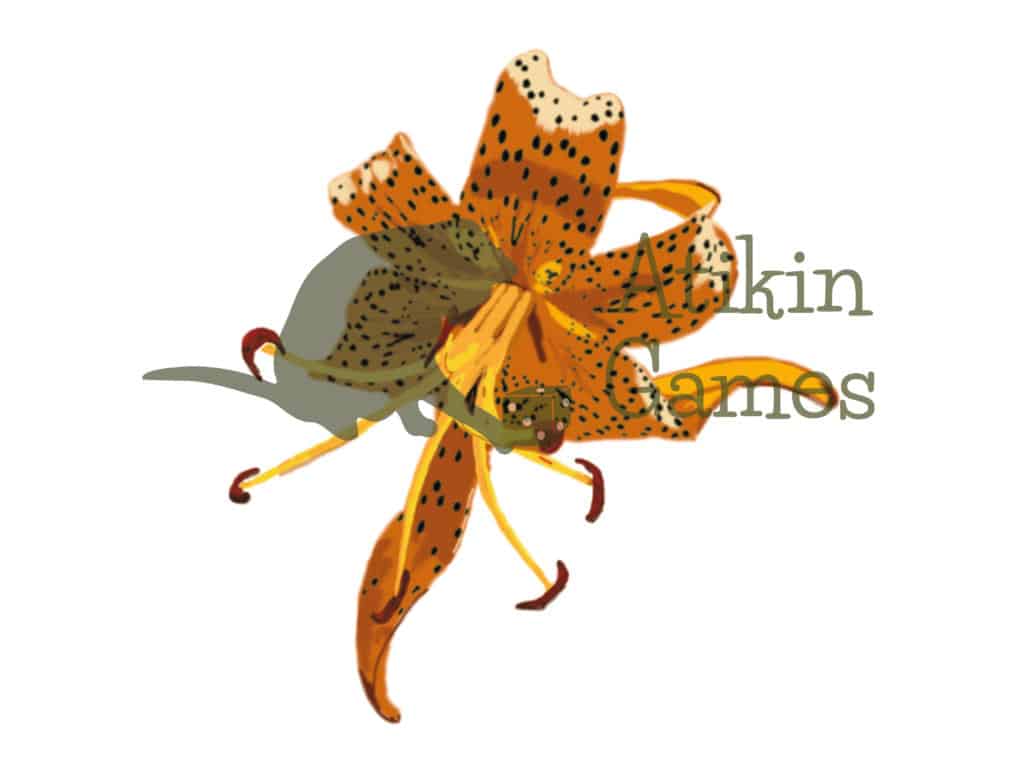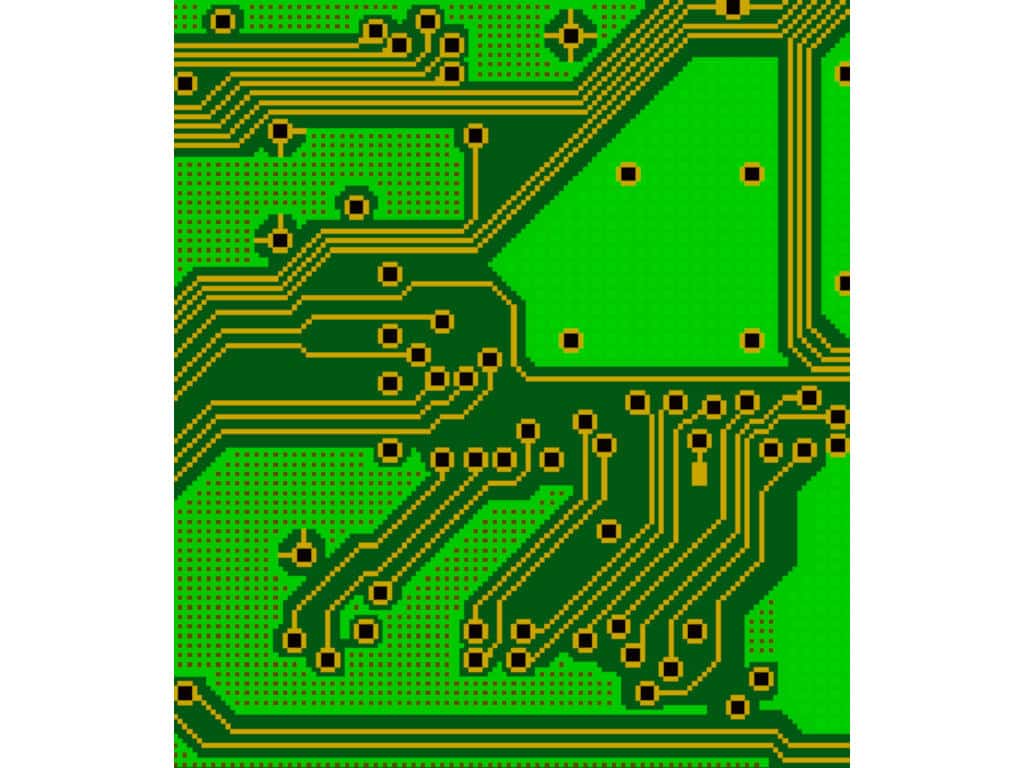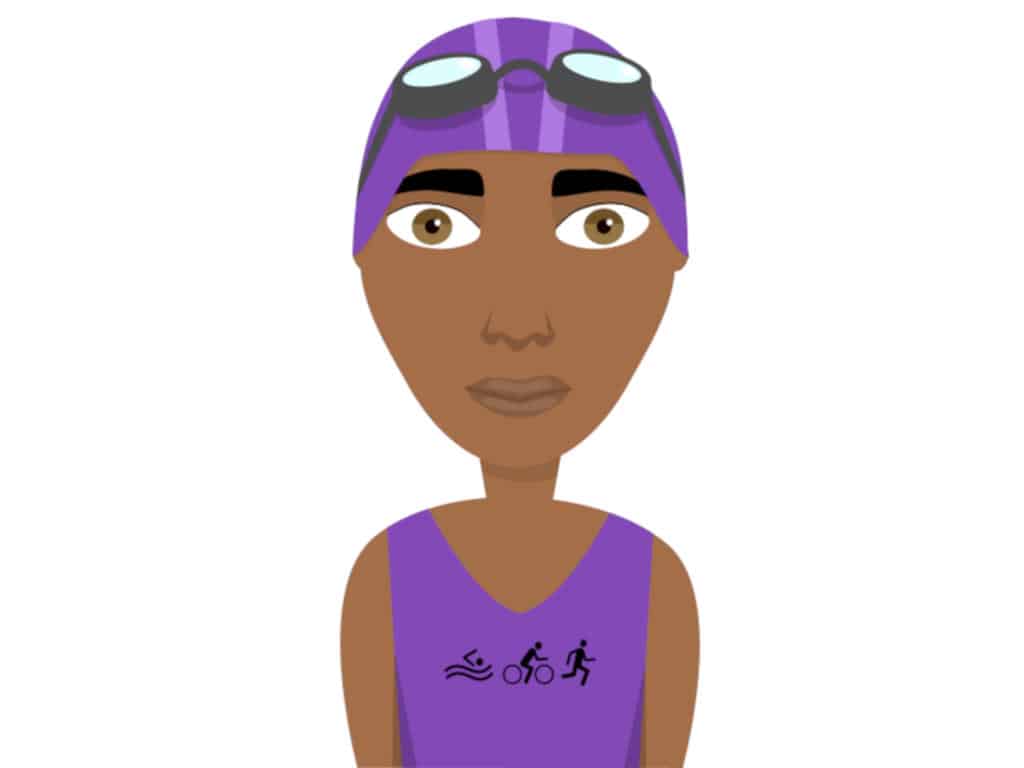
Nikita Sullivan has always been a techie and surrounded by nerds. She has a BSc in Computer Science: Artificial Intelligence and after working as a software engineer, she became a freelance graphic designer. She always loved being creative, so decided to become a board game designer. It allowed her to learn a lot of new things while being creative every single day. Her games Tri To Win and Mini Memory Mischief were self-published and she has more coming up. Nikita also publishes The Indie Tabletop Newsletter and generally enjoys sharing her experiences with the online board game community, supporting them however she can.
- Website: https://www.
atikingames. com/ - Facebook: https://www.
facebook. com/ atikingames/ - Twitter: https://twitter.
com/ AtikinGames - Instagram: https://www.
instagram. com/ atikingames/
Audio Transcript
“Firstly, thank you Oliver for having me on the Let me illustrate podcast. My name is Nikita Sullivan and I’ve been a board game artist for just over a year now.
“I became a board game artist because I started to design my own games as Atikin games and I already loved doing graphic design and digital artwork. So I was always going to be doing my own art for my games.
“I don’t think I have an art style I’m best known for as I try to use a different style for each of my games. I’m enjoying exploring a new art style with each new game I design and I’d love to say that I will continue to use a different art style for every new game I make in future, but realistically one day I’ll find a style I’m so in love with that I can’t leave it for another. Until that time I’ll keep exploring.
“The first board game I was an artist for was Tri To Win. It’s the first game I designed and it opened up this whole world of indie board game design for me.
“The work I’m most proud of is for the board game Malum Hortus which is going to be my next big manufactured game, because even though the game isn’t released yet I’ve really enjoyed working on it and the reactions from other gamers have been amazing each time I release a new piece of artwork for it.
“I like creating artwork that goes well with each game’s style. So Tri To Win‘s graphics with very clear functional vector graphics, Mini Memory Mischief uses pixel art, my next mint tin game uses cute cartoon art and Malum Hortus has very intensive highly detailed digital artwork created entirely with digital brushes and smudges and takes me ages to do.
“I get my inspiration from the theme of the game. As I said Tri To Win was functional and it went together very well for its target audience. Mini Memory Mischief has a computer theme. It’s based around two cartoon microchips called Micro and Chip who are playing the game using their internal memory stacks. So that gave me the perfect excuse to pull out some pixel art and delve into that. My next mint tin game is very cute and silly so I’ve gone more cartoonish and Malum Hortus is dark creepy and intense, so are its graphics. Okay, so far I’ve mostly done the beautiful graphics for it but I’m working on the night time creepy versions of the plants.
“I think the most important part of making artwork for board games is to think about who will be playing the game and what they not only expect but how the game can make them feel, because at the end of the day it’s them that need to enjoy it and for the theme, graphics, mechanics, etc to go together, so they can have the best immersive experience possible and that can mean very very simple graphics for certain games an incredibly detailed beautiful artwork for bigger board games with strong themes like Wingspan and Arkham Horror.
“I think the most challenging part of making artwork for board games is something that doesn’t really affect me directly, but will affect a lot of artists, which is marrying the board game design with its theme and artwork because it’s not an easy thing for anyone really to show someone else what’s in your brain, especially if the game designer isn’t particularly artistic to show what style they’re going for. I know from working with customers as a graphic designer in the past that this can cause problems and frustrations, not always, and it’s not an inherent problem but I think it’s the most challenging part, when it does happen.
“The longest I worked on an art for a board game was for Malum Hortus. Each piece is probably 10 to 20 hours of work, partially because it’s a time-consuming art style, but also because I’m slow with it. I want it all to be perfect and so I take my time with each piece until I’m 100% happy with it. I’m still not sure at this point that any of my current art for Malum Hortus is complete. I still think of all of them as work in progress at the moment.
“In my view, more board game artwork should be fun and maybe a bit silly. Obviously, not everything, but I’ve found some board gamers think if the graphics are too fun then the game is designed for children and I’d love that to not be an assumption. I want to have more fun and be silly as an adult. They’re called games after all.
“I’m notoriously bad at picking favourites for anything, so the artists whose styles I admire most at the moment are Ana Maria Martinez Jaramillo and Natalia Rojas for their work on Wingspan, it’s just so beautiful, and probably Fernanda Suárez for her work on Dead of Winter. I really like dark art and there’s no point when playing Dead of Winter that you forget you’re fighting zombies, because all of the artwork fits so well with the theme.
“As I said, I’m bad at picking favourites, but just by a hair I have a winner for favourite colour. So my favourite colour is green and I do my best to always play as green if I can.
“What very few people know about me is that I love to sing and dance. As a child, I was in a choir that performed at the Royal Albert Hall and some other famous places and I danced with a similar group. As an adult, I just sing and dance for myself and for fun, but it’s something I’ve always loved.
“If you wanted to become a board game artist yourself, I would tell you to start by picking a style you love and study it. Have fun with it and if you fail to create the exact style, well then you’ve come up with a new style that’s all your own, or be like me and have a go at everything. Practice makes perfect.
“If you’d like to get in touch with me, you can reach me on social media and Etsy and also through my website www.atikingames.com. Thank you for listening and thanks again to Oliver for having me on the podcast.”
Transcript by Make My Game Travel (https://makemygametravel.


